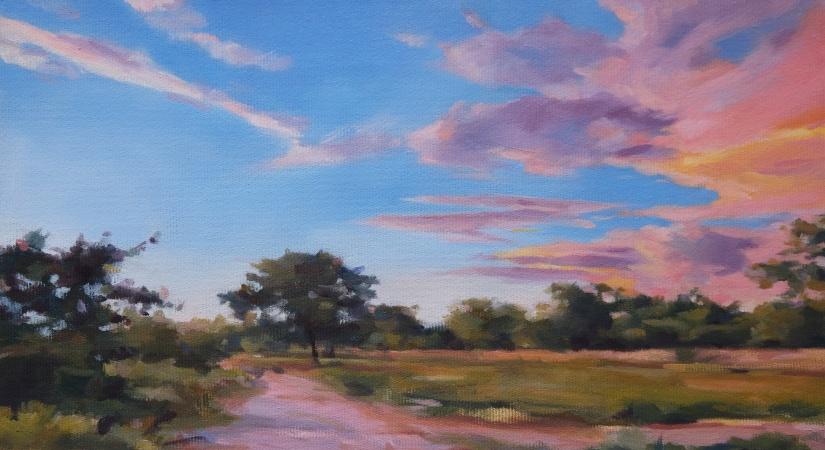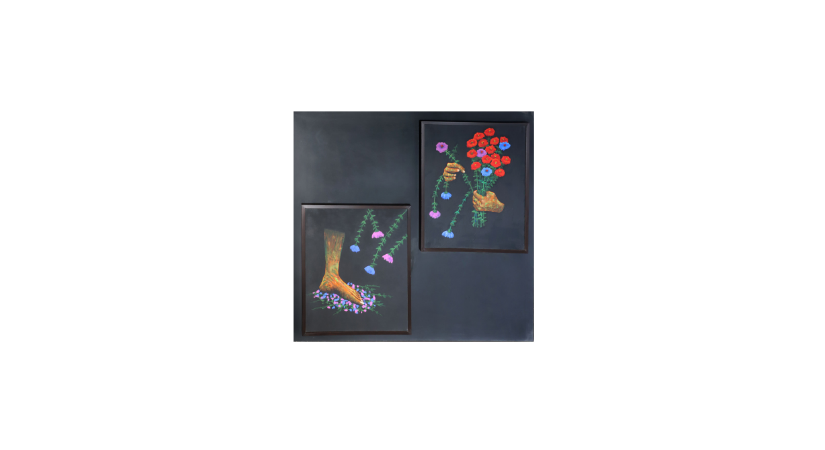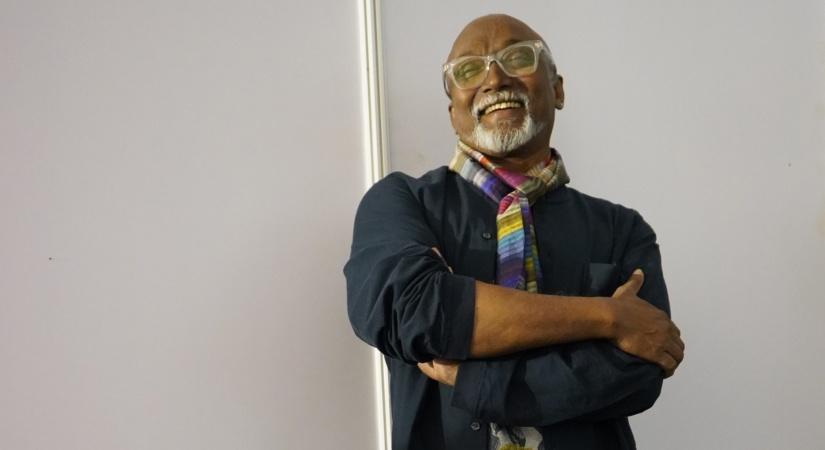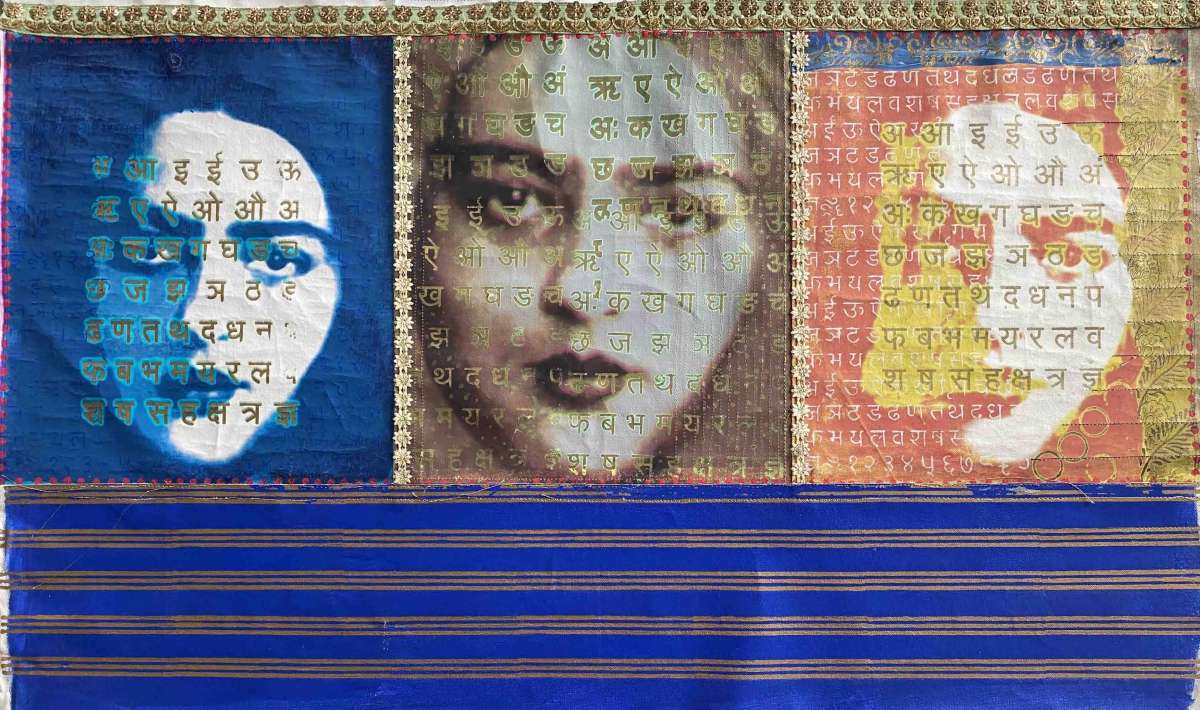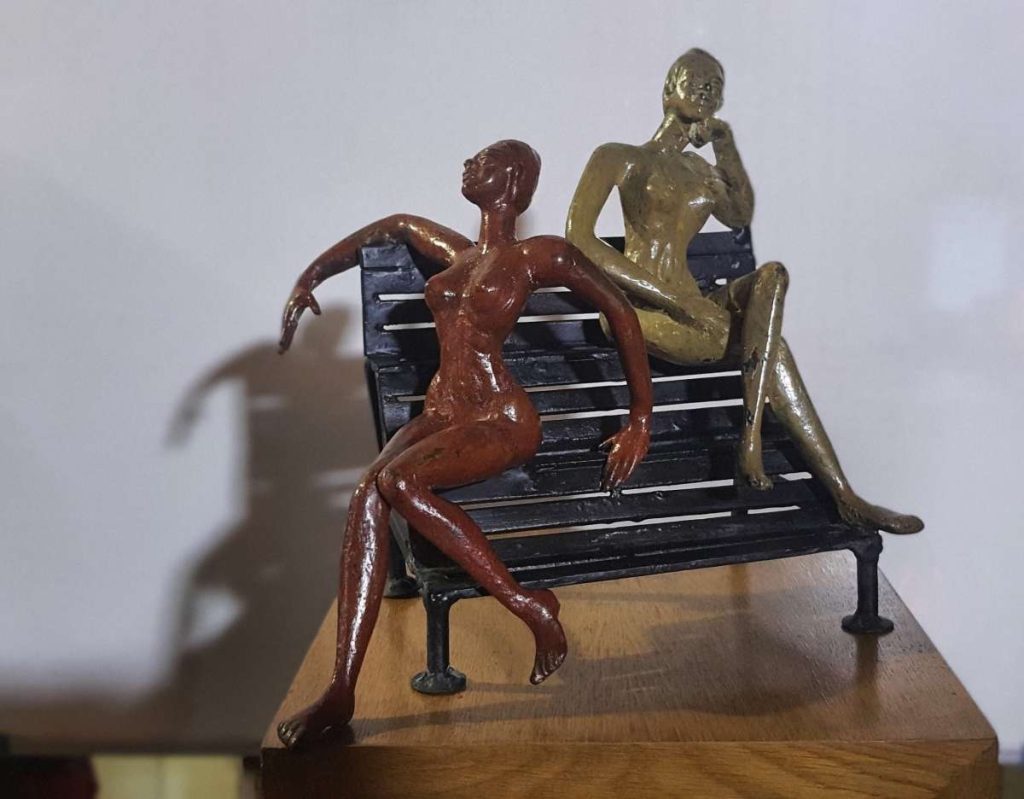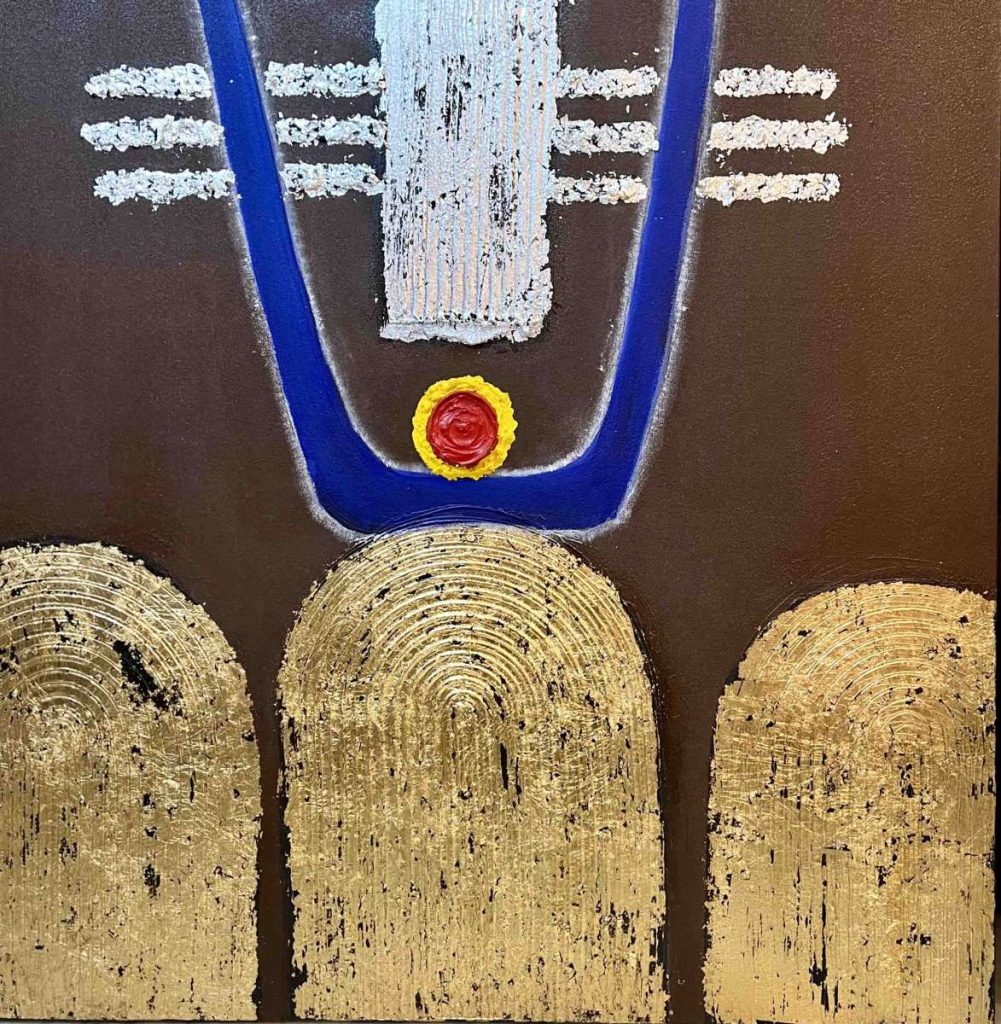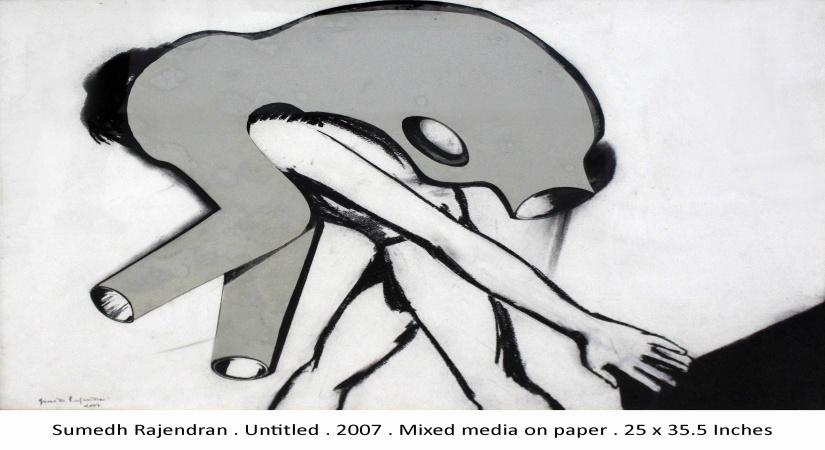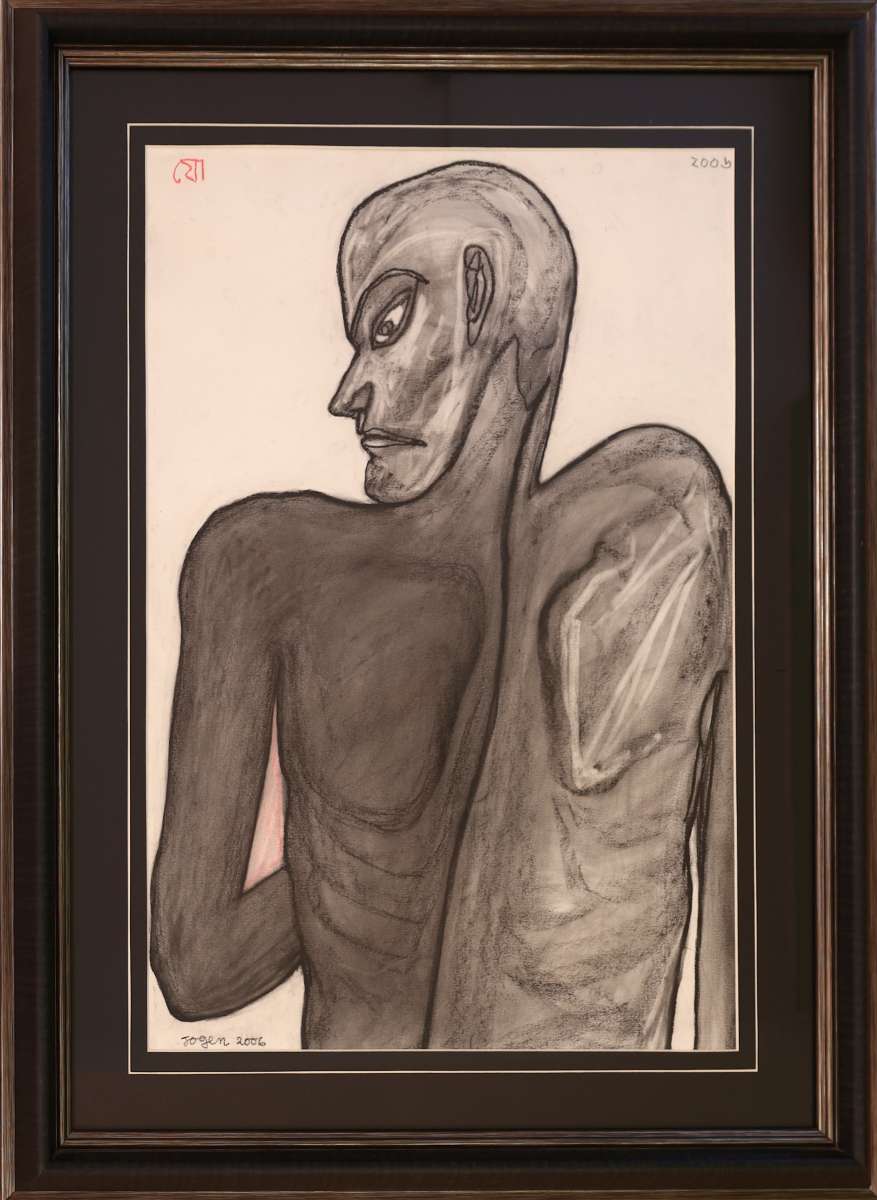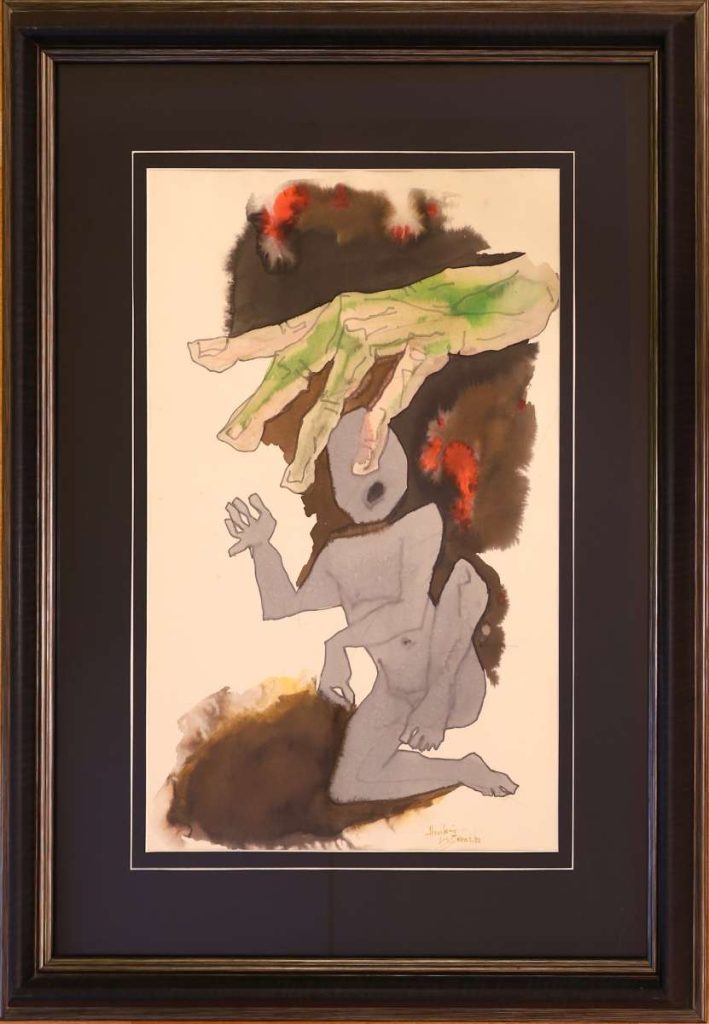Go for products rich in these ingredients, be in the form of a mask, face wash, or serum. Retinol is widely known to have the best actual evidence for anti-ageing benefits…reports Asian Lite News
Ageing is an inevitable part of life. While genetics, stress, and lifestyle habits may be factors that influence how fast you age, however, with the right skin care products, treatments, and lifestyle habits, you can promote healthy, natural ageing.Just like women, a grooming routine is essential for men of every age. Typically, a man’s skin is up to 25 percent thicker than a woman’s, and men are more susceptible to irritation and sensitivity from the impact of shaving. The good thing is, today,men recognise the importance of skincare and self-grooming, and are investing more time and money to appear good, healthy,and younger.
Dr. Leena Aggarwal, Dermatologist, at Vibes Healthcare Ltd. shares with IANSlife age-defying skincare hacks to make every man look and feel your best every day.
The mandatory CTM routine
Cleansing, Toning and Moisturising (CTM) your skin is a simple routine to start with. Cleansing the skin regularly twice a day is important to remove the dirt, debris, pollutants, and oil secretions from the skin’s surface. Regular cleansing also minimises clogged pores and acne on the skin. Using a toner removes all dust or dirt adhered to the pores and maintains the pH of the skin. A toner is safe to use even after shaving. Post cleansing and toning, the skin usually becomes dry. For soft and supple skin, it is best to apply a moisturiser. It is advisable to use gentle yet effective productsthat do not contain any toxic ingredients. Look for AHAs (such as glycolic and lactic acids) and antioxidants such as vitamin C and resveratrol in toners, creams, and other skincare products.
Protect your skin from the sun
The sun is the biggest culprit of accelerated ageing. UV rays cause uneven pigmentation, sun spots, reduced skin elasticity, skin degradation, etc. Whether spending a day at the beach or running errands, sun protection is essential. Applying sunscreen, preferably SPF 30 (or higher) regularly will shield the skin from adverse effects of UV, UVA, UVB, and IR radiations. Additionally, you can protect your skin by covering up with lightweight and long-sleeved shirt, pants, cap, and sunglasses with UV protection.
Retinol, salicylic acid, and glycolic acid to your rescue
Go for products rich in these ingredients, be in the form of a mask, face wash, or serum. Retinol is widely known to have the best actual evidence for anti-ageing benefits. Although salicylic acid is better known as an acne treatment, this beta-hydroxy-acid (BHA) has some serious exfoliating powers, which makes it a good option for managing signs of ageing as well. Additionally, it can boost the production of collagen. Unlike other chemical exfoliants, salicylic acid is also oil soluble, allowing it to get deeper into your greasy pores. If you have especially oily or acne-prone skin, salicylic acid could be a key ingredient for you. Glycolic acid is another helpful ingredient for reducing signs of ageing, such as hyperpigmentation, fine lines, and wrinkles.
Hyaluronic acid-infused bio-remodelling treatment for long-lasting effect
The natural decrease of your collagen supply can give way to skin laxity and wrinkling around the face and neck.Bio-remodelling is the latest and best in collagen-boosting treatments, especially formulated with the highest concentrations of ultra-pure hyaluronic acid (HA) to restore skin elasticity, firmness, and youthfulness. Unlike other injectable treatments, bio-remodelling harnesses your body’s natural collagen production, spreading smoothly beneath the skin to trigger widespread rejuvenating effects. Bio remodelling procedures such as Profhiloimproves ageing and sagging tissue by smoothing and tightening the skin. Besides the face, it can also be injected into neck, hands and other areas with high skin laxity.
A nutritious diet
Several studies say eating plenty of fresh fruits and vegetables may help prevent damage that leads to premature skin ageing. A diet rich in healthy fats, fibre, antioxidants, vitamin C, A, B3, E, K, and selenium can promote collagen production and keep the skin firm and plump. Some foods to include are red bell peppers, papaya, avocado, berries, broccoli, spinach, sweet potatoes, nuts, fish, and yogurt. Also, it is important to keep your body hydrated by drinking plenty of water.
Limit alcohol and smoking
Alcohol is a diuretic that dehydrates the skin and promotes the formation of free radicals. Wrinkles, collagen damage, sagging skin, skin staining, etc., are examples of the toll the toxins in cigarettes take on your skin. Not only does smoking speed up skin ageing, but it also constricts the skin, makes it look dull, dry, and full of wrinkles. Quitting smoking and watching your alcohol intake will result in healthy and youthful-looking skin.
Exercise and sound sleep
Along with making you feel better in body and mind, exercise can improve the skin by carrying oxygen to the cells, increasing blood flow that flushes away cellular waste and free radicals, and nourishing and replenishingyour skin’s appearance. Similarly, a good 8-9 hours of sleep gives a man a healthier appearance, with smoother skin, brighter eyes, and fewer breakouts. While you snooze, your body also has a chance to repair and recover leading to a long list of great benefits for your looks and body.
A dermatologist plays an important role in educating, screening, and treating various skin issues. Regular appointments with your doctor will ensure you’re up-to-date on the latest and suitable skincare developments.
ALSO READ-Ayurveda: A holistic approach to healthy ageing and vitality


